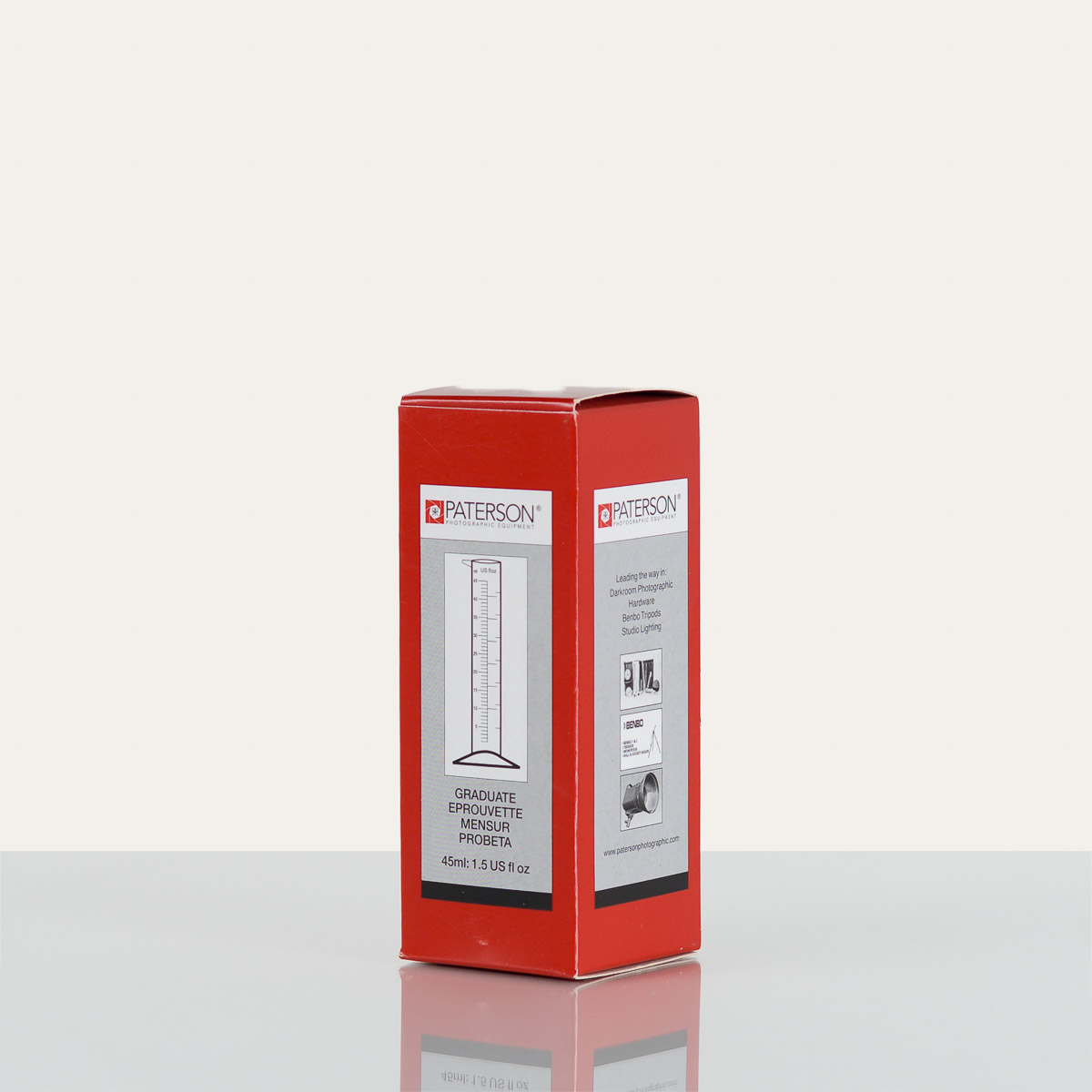Every frame is hand made in our studio. Our frames are made from a wide variety of real wood. Size, color, profile design are taken into account and adjusted to make sure each creation shines. In addition to wood, you can opt for a frame made from aluminum profiles by the renowned German company Nielsen. The glass we use meets the highest museum standards. In our painting room we use two techniques: hand painting and spray painting. We are happy to color match to a specific color in a painting or photo on request, at an additional fee. All wood frames can be completely customized in terms of dimensions and color. Scroll down for more info about the types of frames we make, and the wood, glass and Passepartout (aka mat board). We think outside the box! We would be happy to produce frames in various shapes such as circles, ovals, rectangles or any shapes that can be expressed as a vector in a DXF file.

Natural Woods
-

Pine -

White Oak -

Red Oak -

Book
Special natural woods:
-

American Nut -

African Nut -

Cherry -

Mahogany

We use a variety of glass and museum grade Perspex acrylic sheets, which allows us to respond to the unique conditions in which each work is displayed. For example, a room bathed in light versus a dark space, and everything in between. We can accommodate any dimensions of glass or Perspex, up to 183×300 cm (72”x118”). In our experience, non-reflective glass is significantly better in terms of display and we strongly recommend using it.
Anti-reflective Glazing
A standard in museums and galleries, anti-reflective coatings create non-glare surfaces that enhance image visibility, which protects and beautifies works.
Blocking UV Rays
UV coatings protect works from damage and fading caused by UV radiation. You can opt for 70% or 99% (conservation-grade) UV protection.

We use a variety of glass and museum grade Perspex acrylic sheets, which allows us to respond to the unique conditions in which each work is displayed. For example, a room bathed in light versus a dark space, and everything in between. We can accommodate any dimensions of glass or Perspex, up to 183×300 cm (72”x118”). In our experience, non-reflective glass is significantly better in terms of display and we strongly recommend using it.
Anti-reflective Glazing
A standard in museums and galleries, anti-reflective coatings create non-glare surfaces that enhance image visibility, which protects and beautifies works.
Blocking UV Rays
UV coatings protect works from damage and fading caused by UV radiation. You can opt for 70% or 99% (conservation-grade) UV protection.

Passepartout is a mat board placed between the work and the glass. It comes in different thicknesses (1.5 to 3 mm) and in shades ranging from white, off-white, gray to black. We use museum grade Passepartout, which has a fine texture and a neutral PH that preserves the paper or print for a long time.
- Conservation Passepartout – acid-free, neutral PH.
- Museum Passepartout – slightly smoother surface than Conservation Passepartout, 100% cotton, acid-free, neutral PH.
- Passepartout can be produced up to a size of 150×240 cm (60” x 104”) in one piece!
- A Passepartout window can be cut in any geometric shape that can be depicted in a vector file.

We use acid-free backing to mount works to a frame. It can be mounted in one of two ways:
- Mounting with acid-free double-sided tape. The work is mounted with acid-free double-sided tape, which strongly adheres the work to the backing. The main disadvantage of this technique is that the work cannot easily be detached from the backing without damaging it.
- Mounting with hinges and folded Japanese paper. The work is mounted using hinges, by way of folded Japanese paper and water-based glue. This method does not harm the work, which can be easily detached. This method is more common among conservationists.



